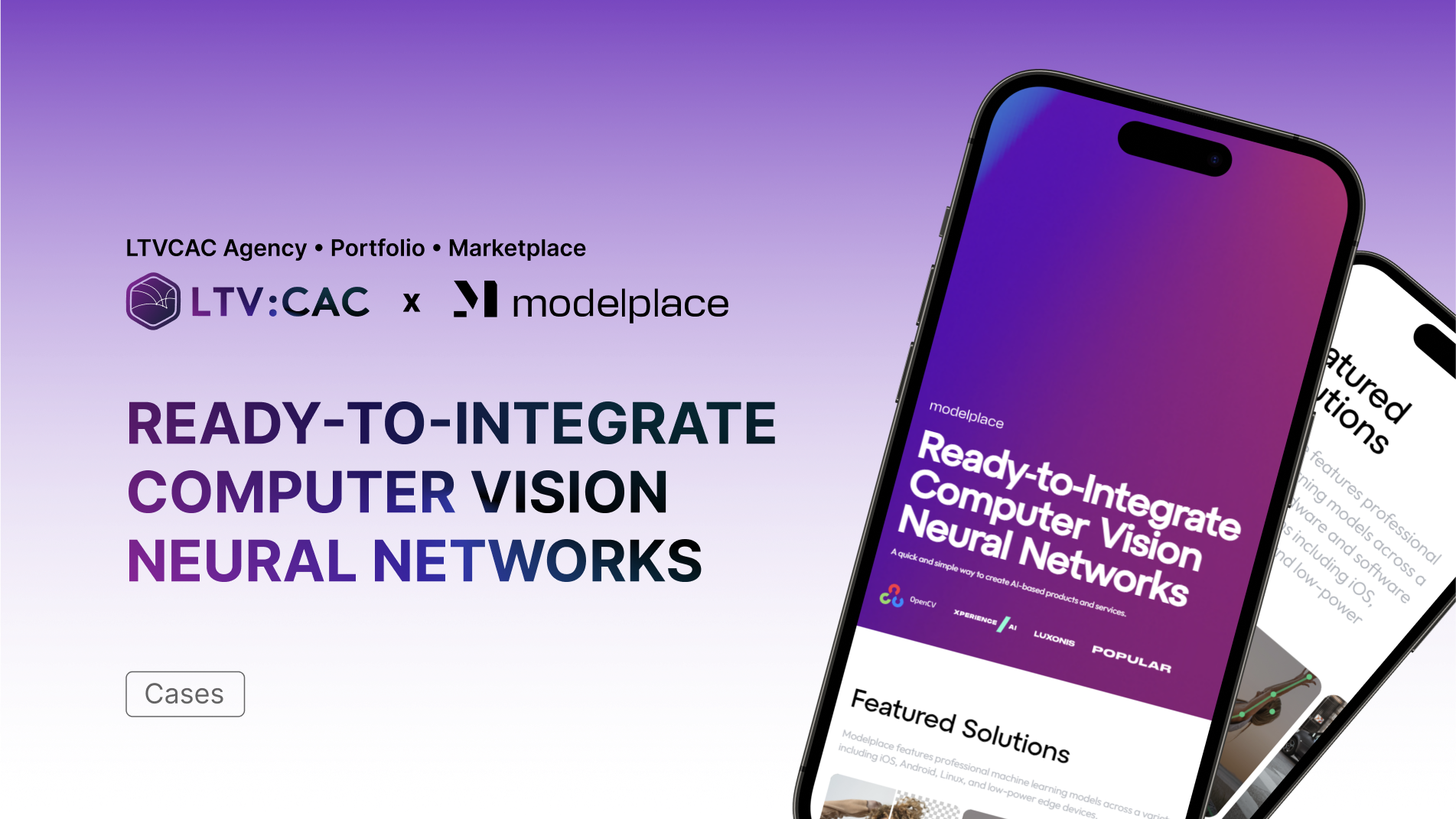Objective
Our initial task was to gauge the audience's interest in this product within the U.S. market. To achieve this, we opted for Google contextual advertising—a rapid and accessible tool for testing hypotheses.
Approach
To ensure the relevance of our hypothesis testing results, we implemented the following steps:
Analytics System Setup: We established a robust analytics system to track user interactions, conversions, and other relevant metrics.
User-Flow Optimization: We carefully designed the user journey (user-flow) to align with our testing objectives. This involved creating a seamless path from ad exposure to desired actions (such as clicks or conversions).
